You are using an out of date browser. It may not display this or other websites correctly.
You should upgrade or use an alternative browser.
You should upgrade or use an alternative browser.
first run with Hydrogen Peroxide and Hydrochloric acid
- Thread starter M-G-P
- Start date

Help Support Gold Refining Forum:
This site may earn a commission from merchant affiliate
links, including eBay, Amazon, and others.
MGP,
Great job. Looks like you still need to do the final clean up. A few washes of HCl folowed by 3-4 water rinses should remove the last traces of Copper and Cuporus Chloride from the foils. From there a minute or less with the HCl-Cl will give you auric chloride. You might want to wait until you have more foils though.
Steve
Great job. Looks like you still need to do the final clean up. A few washes of HCl folowed by 3-4 water rinses should remove the last traces of Copper and Cuporus Chloride from the foils. From there a minute or less with the HCl-Cl will give you auric chloride. You might want to wait until you have more foils though.
Steve
Yeah right now I am just getting abunch to this point then I will look into the next step I am abit of a slow learner when it comes to cimicalslazersteve said:MGP,
Great job. Looks like you still need to do the final clean up. A few washes of HCl folowed by 3-4 water rinses should remove the last traces of Copper and Cuporus Chloride from the foils. From there a minute or less with the HCl-Cl will give you auric chloride. You might want to wait until you have more foils though.
Steve
post more later
gogoldgold
Member
- Joined
- May 19, 2007
- Messages
- 14
Hi,
Do the same test AP ten days now!
Remember, Remove all copper out!!!(VERY IMPORTANT)
Next step, HCL-CL.
Once again, Thankyou lazersteve.
Have a good day ^.^
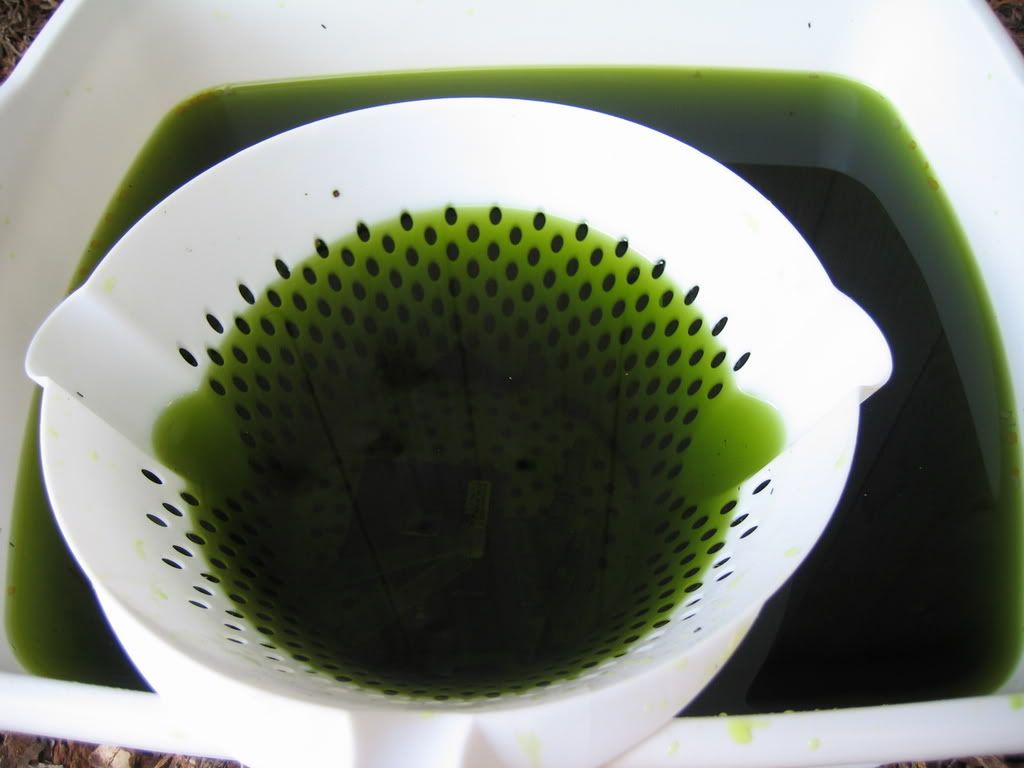
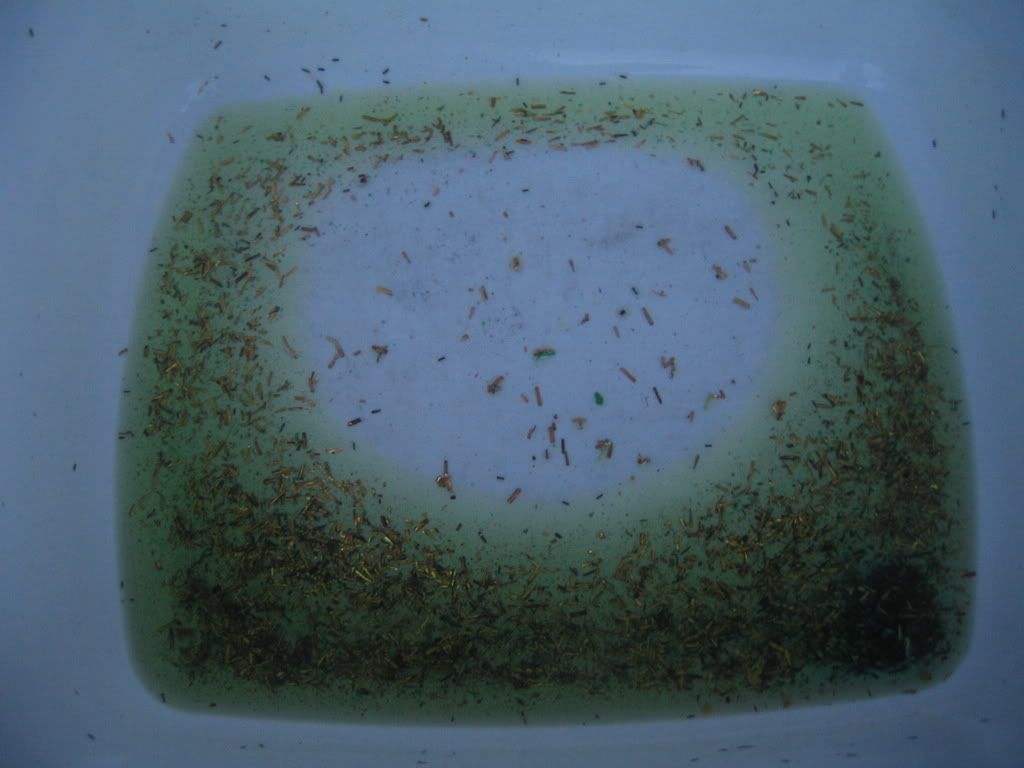
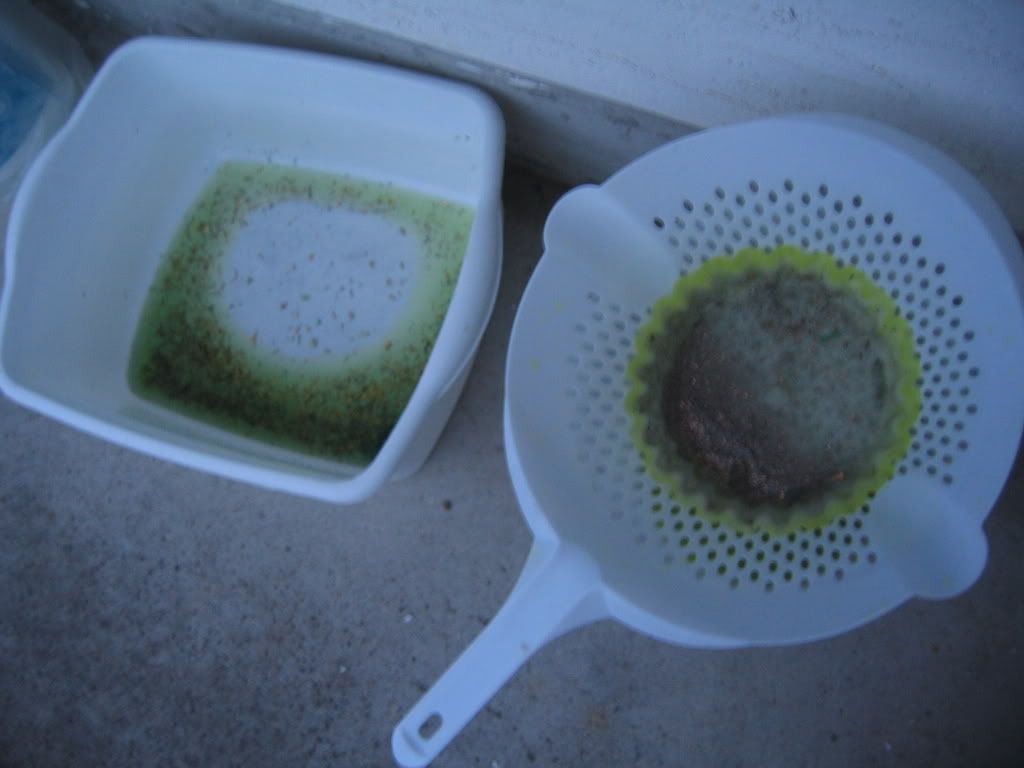
Do the same test AP ten days now!
Remember, Remove all copper out!!!(VERY IMPORTANT)
Next step, HCL-CL.
Once again, Thankyou lazersteve.
Have a good day ^.^



here a good question for you guys i have about 30 to 40 filter papers with gold on them now i know i need to use hcl to wash it up now here is my question how do i go about getting it off the filter paper ? then when i have it off the paper and do a hcl wash and water rinse i know that i need to do hcl plus bleach then what ?
- Joined
- Feb 25, 2007
- Messages
- 8,360
Incineration should be a part of your refining process. It removes not only unwanted carbonaceous materials, including filter papers, but traces of oil that tend to float your gold. It works best if you have a fume hood----but you can do it with a hotplate out of doors with good results. You have to be careful to not lose the gold----which can be a problem when you're working with fine foil from pins and other electronic scrap.
One other thing. It's not a bad idea to learn to allow gravity to do the majority of your filtering. If you take up your solutions with water and allow them to settle, you often can decant virtually the entire amount without disturbing the settlings. Use a short length of 3/8" vinyl tubing, just long enough to reach the bottom of your deepest container on the inside, and slightly longer on the outside, so you can get the discharge side lower than the intake. The greater the distance, the faster the solution transfers, so you can decant very slowly by keeping them nearly the same height. You can follow the solution to the bottom this way and avoid bottom contact entirely.
By washing more than once, you can pretty much avoid filtering. The only filter operation I used was in filtering the gold chloride before precipitation.
Harold
One other thing. It's not a bad idea to learn to allow gravity to do the majority of your filtering. If you take up your solutions with water and allow them to settle, you often can decant virtually the entire amount without disturbing the settlings. Use a short length of 3/8" vinyl tubing, just long enough to reach the bottom of your deepest container on the inside, and slightly longer on the outside, so you can get the discharge side lower than the intake. The greater the distance, the faster the solution transfers, so you can decant very slowly by keeping them nearly the same height. You can follow the solution to the bottom this way and avoid bottom contact entirely.
By washing more than once, you can pretty much avoid filtering. The only filter operation I used was in filtering the gold chloride before precipitation.
Harold

$18.39
Moneysworth & Best Brillo Nu-Life Leather/Vinyl/Plastic Color Renew Spray 4.5 oz, 024 Gold
Shoe and Boot Accessories 4 U

$248.83
The Extraction and Refining of Metals (Materials Science & Technology Book 2)
Amazon.com Services LLC

$21.99 ($3.14 / Count)
WORKPRO 7-Piece Jewelers Pliers Set, Jewelry Making Tools Kit with Easy Carrying Pouch (Blue)
GreatStar Tools

$245.67 ($0.06 / Ounce)
50 lb Sodium Nitrate Fertilizer 99+% Pure Chile Saltpeter Gold Metal Refining Industrial Grade Glass Pottery Enamels
Duda Energy

$80.52
$115.00
Petroleum Refining: Technology, Economics, and Markets, Sixth Edition
Woodville Books

$6.99 ($0.14 / Count)
$7.99 ($0.16 / Count)
Beauticom 3g/3ml (0.1 Fl Oz) Round Clear Plastic Jars with Round Top Lids for Creams, Lotions, Powders, Glitters, and more... (Color: Clear Lid, Quantity: 50 Pieces)
Beauticom

$154.43
$200.00
Hydrotreating and Hydrocracking Processes in Refining Technology (Petroleum Refining Technology Series)
Prime Deals, USA

$29.64
$33.00
JSP 12 Bottles 22k Gold Metal Test Acid Karat Testing Liquid Solution Jewelry Teste
BasaRetail
Harold so i should get a stainless steel pan and burn the filter papers then rinse with Hcl and water till clean of copper and debri ? then use hcl+clorox steve gave me the method for that in a email assuming i burn the filters and wash with hcl acouple times till i see no more copper and the pour off clear then use the hcl+clorox i should have a decent piece of gold when said and done and not junk am i correct in this thinking trying to get this done so i can get the book harold thank you everyone for being patient and helping me matt
Harold,
I have a question about burning filters:
What if the filters have residual chemicals such as copper chloride in them? Do you recommend washing them clean with water before the burning process or do you just suggest burning them as is in a very well ventilated area?
I have lots of filters that need to be processed.
Steve
I have a question about burning filters:
What if the filters have residual chemicals such as copper chloride in them? Do you recommend washing them clean with water before the burning process or do you just suggest burning them as is in a very well ventilated area?
I have lots of filters that need to be processed.
Steve
fafrd,
I would suggest that you do the HCl clean up in a plastic bucket after burning. Follow this with the gold dissolution step and filter the remaining trash out of the gold chloride solution. Harold will most likely have more details to add.
Steve
I would suggest that you do the HCl clean up in a plastic bucket after burning. Follow this with the gold dissolution step and filter the remaining trash out of the gold chloride solution. Harold will most likely have more details to add.
Steve
gogoldgold
Member
- Joined
- May 19, 2007
- Messages
- 14
Hi lazersteve,
Finally, clean out copper and unlike metals, and then hcl-cl.
Wow.....this time 1/2 lbs gold finger make 4.5gm. pure gold!
Very nice ^>^
Thankyou again.
Have are good day.
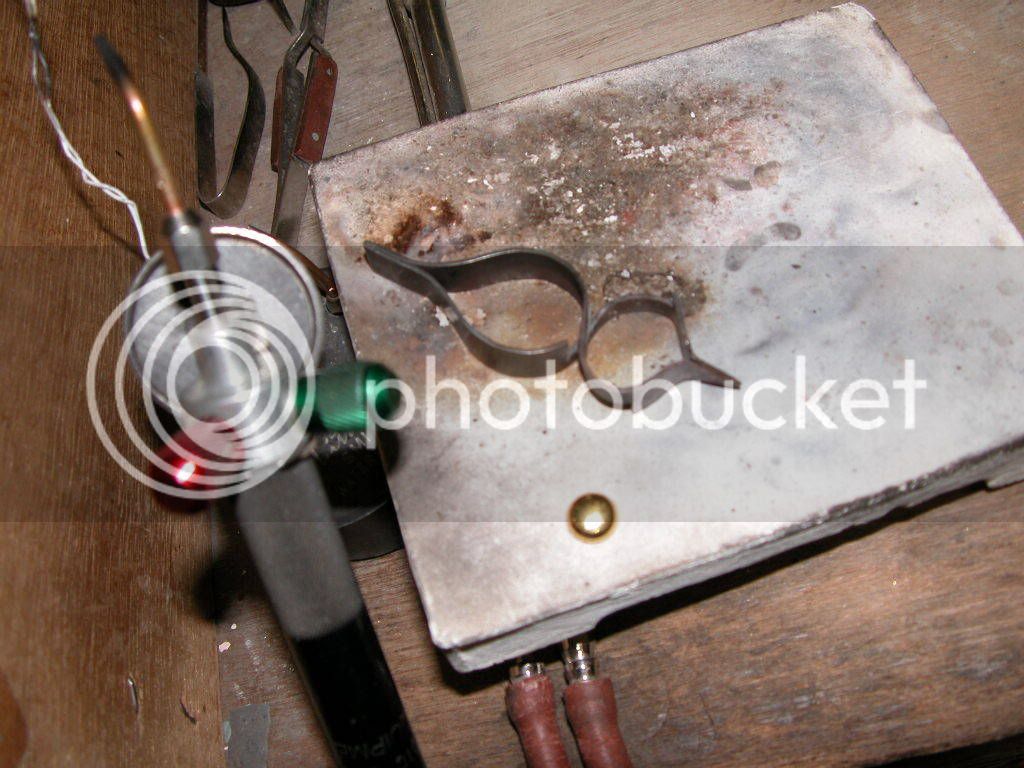
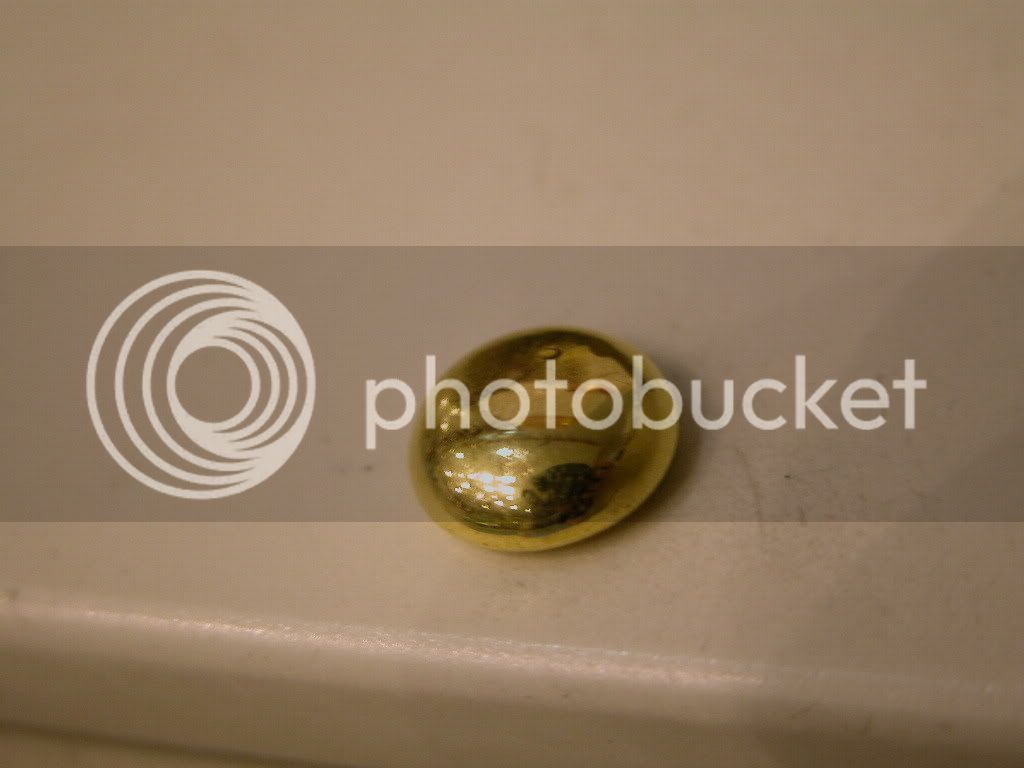
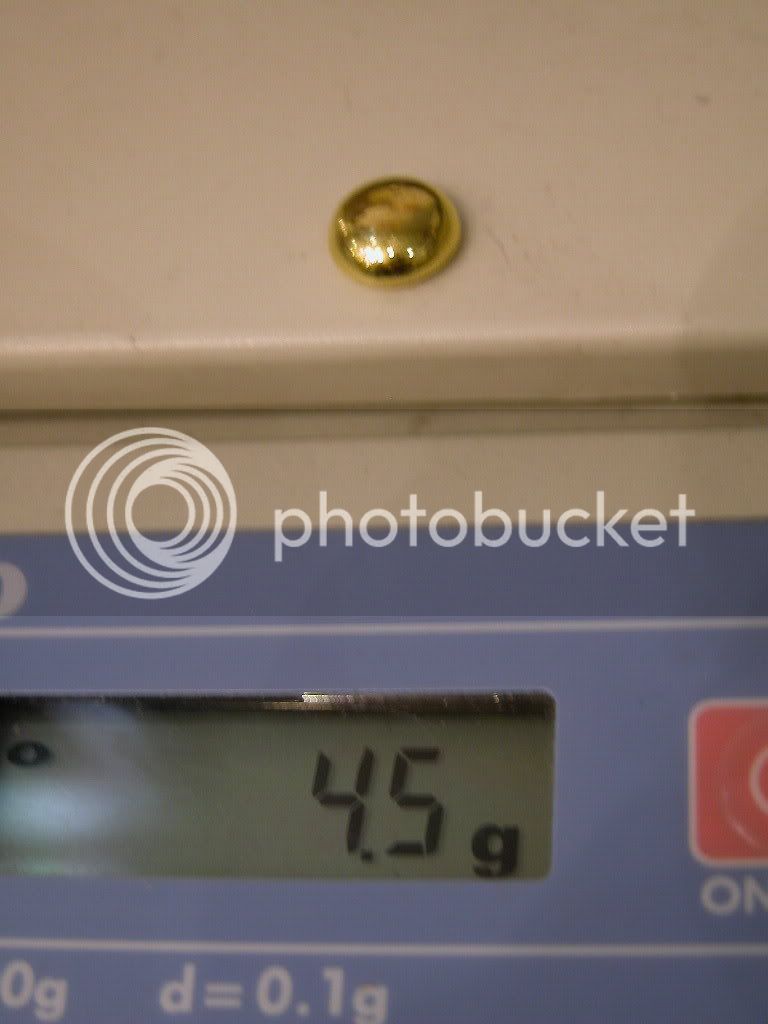
Finally, clean out copper and unlike metals, and then hcl-cl.
Wow.....this time 1/2 lbs gold finger make 4.5gm. pure gold!
Very nice ^>^
Thankyou again.
Have are good day.



gogold,
Your reported yields raise red flags to me right off the bat. Based upon the 1/2 pound of fingers yielding 4.5 grams of gold something is not right. I've processed literally hundreds of pounds of fingers of all grades and never experienced yields this high. I sort all my fingers before processing and process each type separately. Then I record the yields for each type. The highest yielding fingers I've every processed yielded right at 3 grams per pound of cleanly cut fingers. Your reported yields are triple this. Either you have found a source of fingers that has phenomenal yields or something is wrong.
What type of fingers did you process to get these yields? Where they mixed with other types or all the same types of fingers from the same source material? Do you have some photos of the source fingers?
Steve
Your reported yields raise red flags to me right off the bat. Based upon the 1/2 pound of fingers yielding 4.5 grams of gold something is not right. I've processed literally hundreds of pounds of fingers of all grades and never experienced yields this high. I sort all my fingers before processing and process each type separately. Then I record the yields for each type. The highest yielding fingers I've every processed yielded right at 3 grams per pound of cleanly cut fingers. Your reported yields are triple this. Either you have found a source of fingers that has phenomenal yields or something is wrong.
What type of fingers did you process to get these yields? Where they mixed with other types or all the same types of fingers from the same source material? Do you have some photos of the source fingers?
Steve
That does seem high - about $187/#. The highest I've ever processed ran about $150/#, based on today's prices, and that was a one time thing. The average probably was somewhere between $20/# to $40/#. Steve's highest ones ran $62/#.
GSP,
Do you recall which fingers produced the highest yields for you?
The best yields I've seen come from slotted cpus and very old mainframe fingers.
Steve
Do you recall which fingers produced the highest yields for you?
The best yields I've seen come from slotted cpus and very old mainframe fingers.
Steve
Steve,
I always had a job shop refinery and did very little disassembly. Almost everything I ran was brought in by clients and was already prepared. Usually, everything was in mixed lots and I had no way to determine the source. I ran those $150/# fingers about 10 years ago and I have no idea how old they were or where they originated from.
I also once processed several hundred pounds of '30's or '40's pins that ran 1 troy ounce of gold per pound ($645/#). They were made of a copper alloy base and had thick silver plating underneath the gold.
I always had a job shop refinery and did very little disassembly. Almost everything I ran was brought in by clients and was already prepared. Usually, everything was in mixed lots and I had no way to determine the source. I ran those $150/# fingers about 10 years ago and I have no idea how old they were or where they originated from.
I also once processed several hundred pounds of '30's or '40's pins that ran 1 troy ounce of gold per pound ($645/#). They were made of a copper alloy base and had thick silver plating underneath the gold.
fafrd said:when i do the clean up with Hcl does it take a while to finish disolving the base metals?
Fafrd,
The time required to cleanup after using the acid peroxide bath depends on the amount and type of base metal contamination in the gold foils. Copper chloride salts will wash out with HCl very rapidly, while small pieces of copper and portions of pins will take an hour or more of soaking in HCl to eliminate. The time spent cleaning out the base metals will pay dividens in gold purity when it comes to your final product.
Steve
catfish
Well-known member
- Joined
- Mar 20, 2007
- Messages
- 159
Steve, I agree that something is wrong. I my self have done many many pounds of every different kind of pin there is and the very best I have ever come up with is about 1.% gold per weoght of very old vintage military very heavy gold plated pins. Most of the pins yeild from .3% to .6% per weight. I always process 140 grams at a time in AR and feel lucky to get 1 gram per batch. These yields are consistant with the recent posts in regards to gold content on different military and high grade engineering pins.
It would be interesting to know what kind of pins he did.
Catfish
It would be interesting to know what kind of pins he did.
Catfish
- Joined
- Feb 25, 2007
- Messages
- 8,360
lazersteve said:Harold,
I have a question about burning filters:
What if the filters have residual chemicals such as copper chloride in them? Do you recommend washing them clean with water before the burning process or do you just suggest burning them as is in a very well ventilated area?
I have lots of filters that need to be processed.
Steve
I did nothing to my wastes aside from drying and incinerating. It's a waste of time otherwise. Future processing of the ash is a much easier way to deal with them. Values will tend towards being low, and you rely on volume to make it worth while.
If I was to process a volume of filters, as you've described, what I'd do is incinerate them until there was no carbon present. That will involve heating the pan to a red heat. Carbon burns at 1,100° F if I recall correctly. Goodwill stores generally sell old stainless frypans for about a buck. I used them for this purpose. There's a small one that was used, I think, by the boy scouts. It's perfect for such an application. It's much easier to heat to redness than a large one.
After full incineration, place the ash in a beaker (or container of your choosing) and do a wash with HCL. I liked to take it to a boil and allow it to work for some time, maybe 15 minutes. I would then take up the solution with water and allow it to settle well. Decant, and rinse (tap water) again if the solution was very dirty. When you're satisfied that the mud is clean, you can either incinerate a second time, then follow up with a wash in nitric, or you can go directly to AR, or dissolve the contents with your preferred method. The second incineration is essential to kill traces of chlorides, so you avoid dissolving values when not intended. You're likely to have considerable residue from this operation, which should eventually see a furnace. Some of it is likely to be silver chloride, which is assured if you've done any inquartation, or otherwise worked with silver.
Best overall procedure is to incinerate, then melt the waste with the proper fluxes. This is best done in a crucible, not a melting dish with a torch. You'll reduce the majority of values to metallics, and a lot of the base metals and all of the remaining garbage will go off with the flux. It's important that the flux be quite fluid so the prills will agglomerate, which may involve the use of fluorspar. Don't rely on soda ash alone to make the flux fluid. If you have included any silver chloride, it will act as a collector for the balance of the values.
The furnace operation should be done out of doors, or in a room with an efficient air exchange system. I ran my furnace directly under a large funnel shaped hood that was powered by a 1 hp 1,000 cfm blower to insure that the resulting gasses were discharged where they weren't breathed.
I may not have answered to your satisfaction. If you have any particular question(s), please ask. I'm an open book where refining is involved. I have no secrets.
Harold
gogoldgold
Member
- Joined
- May 19, 2007
- Messages
- 14
Before gold fingers:
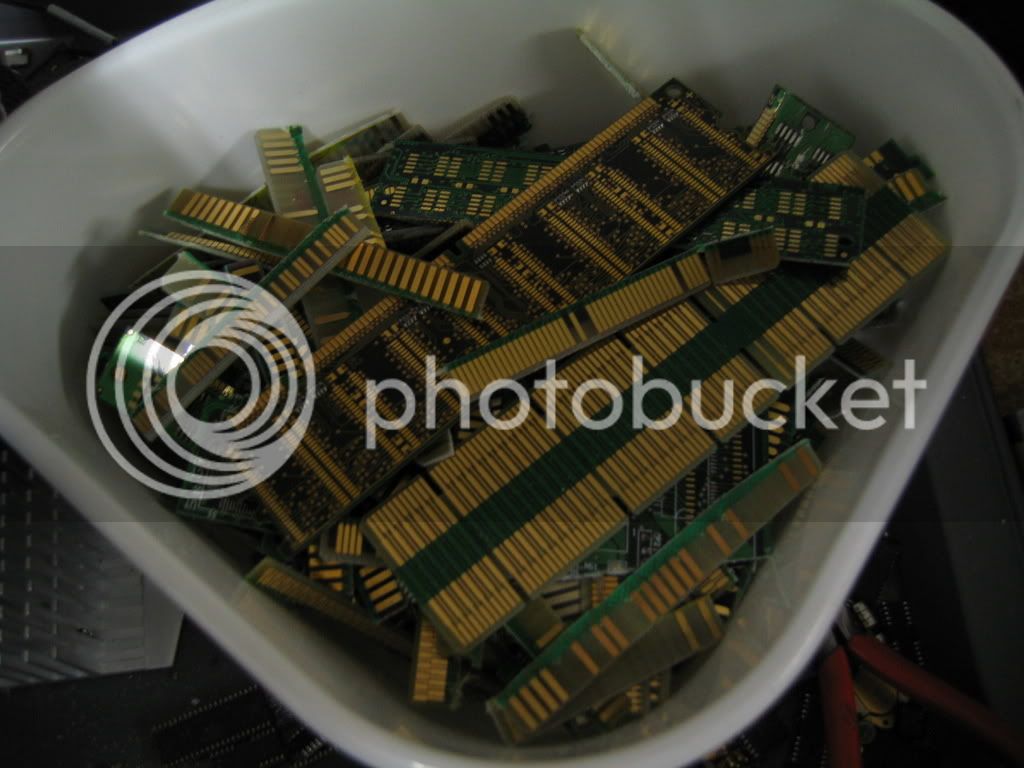
And after:
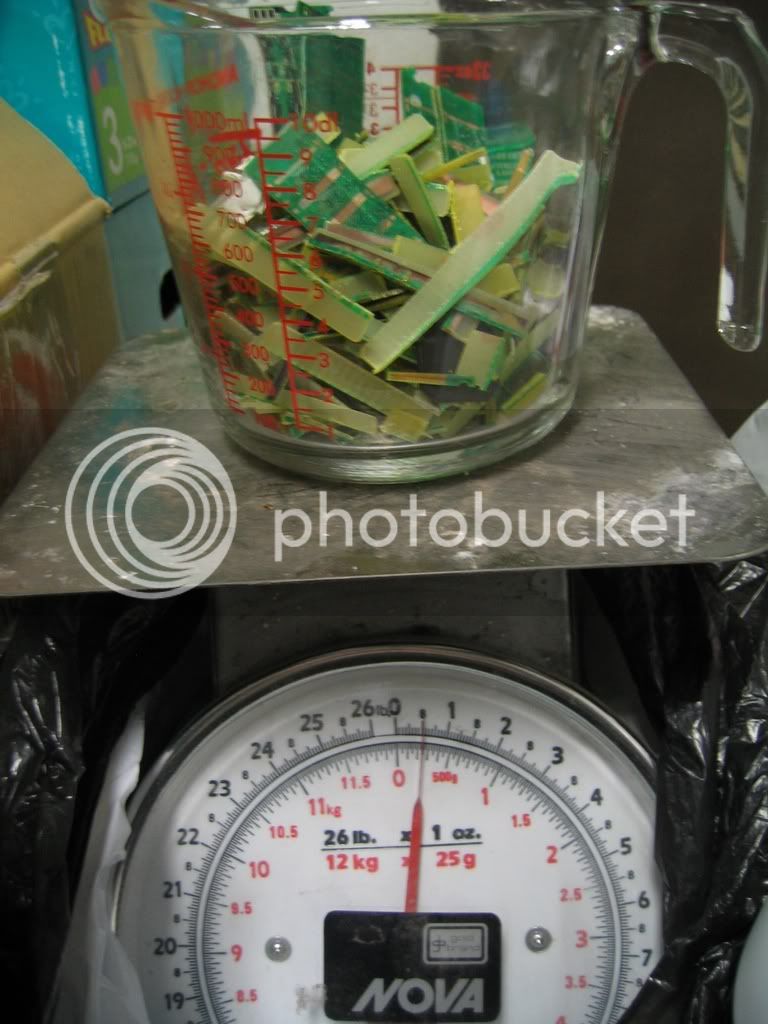
Will do mix some fingers again:
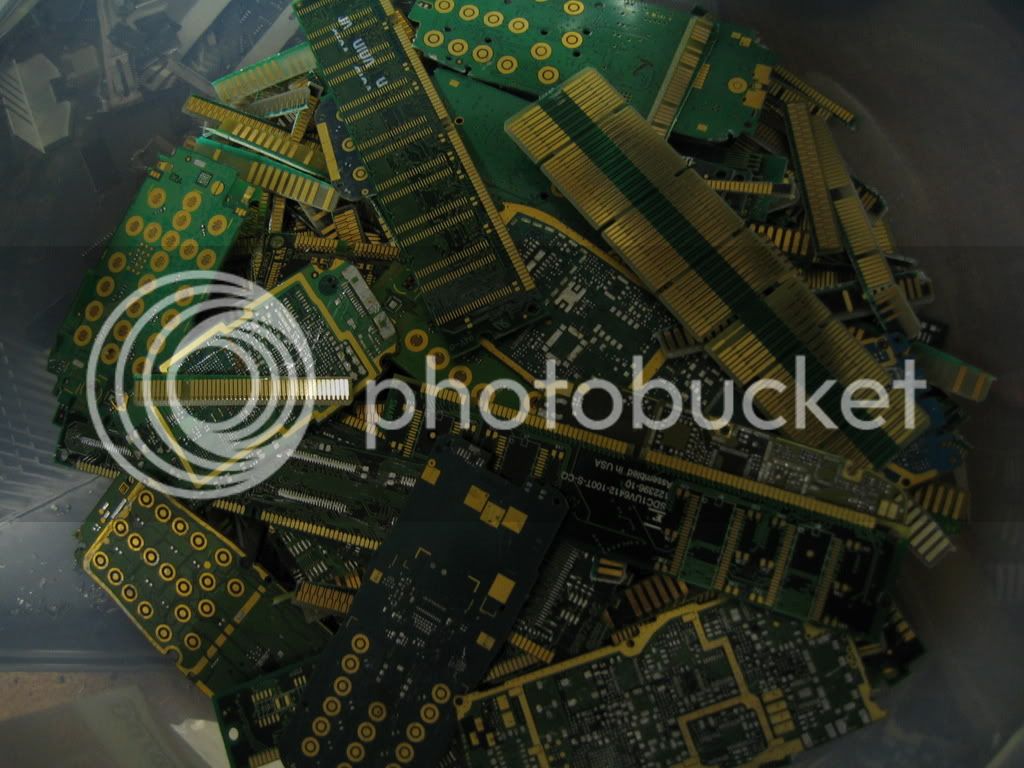 [/b]
[/b]

And after:

Will do mix some fingers again:



































































